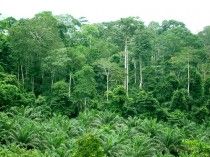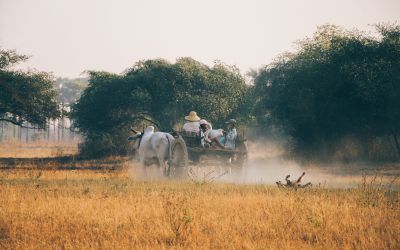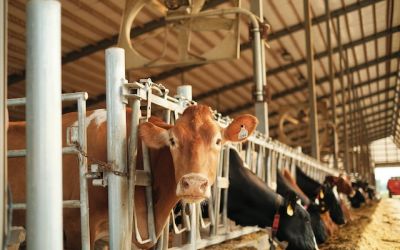Reforestation and economic growth in Africa
As the African Carbon Forum draws to a close, World Bank research suggests that poor rural African communities can benefit from the Kyoto Principle's Clean Development Mechanism.

International carbon markets can fuel economic development in poor, rural African communities through reforestation, according to a World Bank report.
The report was released at the Africa Carbon Forum in Marrakesh, Morocco. The conference, which ends today (6 July), is intended to promote the benefits of the Clean Development Mechanism (CDM), part of the Kyoto Protocol.
The conference also acts as a knowledge sharing and matchmaking service for African countries and investors keen to be involved with CDM in the country.
The CDM allows countries to gain certified emission reduction credits (CER), which count towards meeting Kyoto CO2 emissions targets. The credits can be sold after starting emission-reduction projects in developing countries.
The World Bank say that afforestation or reforestation, examples of emission-reduction projects, can mitigate climate change. New forests store carbon and can improve rural livelihoods in developing countries. Those involved hope that economic activity and biodiversity will be improved by restoring areas that have been destroyed.
The first A/R project was registered in China in November 2006. 27 are now registered with the United Nations Framework Convention on Climate Change with four of these in Africa.
In the Democratic Republic of Congo, the Ibi Batéké reforestation project is predicted to absorb close to 1.6 million tonnes of CO2 between 2008 and 2037.
The Batéké Plateau region is said to be benefiting from CDM schemes after creating a company called Novacel. The company employs around 400 full and part-time staff in the reforestation process. It produces revenue through fuelwood production, which is then sold in local Kinshasa. On a larger scale, the resulting carbon credits can be sold on the global market by the World Bank’s BioCarbon Fund and private sector carbon trading companies.
A primary school for 200 children and a basic healthcare clinic have been built through the income gained through the scheme so far.
However, CDM is not always easy to implement. Land ownership is not always easy to establish and there is also the issue of non-permanence with forests. Trees are often burnt down; losing their carbon stocks, making it difficult to account for carbon investments.
Christiana Figueres, Executive Secretary of the United Nations Framework Convention on Climate Change said: “The event is an important part of efforts to scale up and extend the benefits of the CDM to the African continent. Interest in CDM projects in Africa is growing. It is extremely important that we build on that interest and growth, for the good of communities and the climate.”
Hailu Tefera, Manager of Climate Change Programs at World Vision Ethiopia said: “It took four years to get to CDM registration but it was well worth the effort. We now hope that others can implement similar projects – maybe even scaled up – all across our continent”.
Joëlle Chassard, Manager of the Carbon Finance Unit of the World Bank said: “When analyzing the most efficient mitigation opportunities in developing countries, it is important to look toward the future while taking stock of what has worked and what has not. This report provides lessons for all involved – project developers, validators, regulators, and national authorities”
Image: Erik Cleves Kristensen | Flickr






